
Credit: Dana HuntleyDana Huntley
A microcosm of Flintshire history in North Wales.
Even if you were traveling around North Wales or Cheshire, you would never have a reason to pass by Greenfield Valley. The A55 is the main road across North Wales from Chester through St. Asaph to Conwy, Llandudno, and Snowdonia beyond to the west. Greenfield Valley rises off the A548—the workaday local road that hugs the coast from the River Dee to Prestatyn and Rhyl.
Few nonlocals appear to have heard of this Flintshire vale; few enough folk have ever heard of Flintshire—the ancient county of northeast Wales, tucked between the Irish Sea and the mountains of Denbighshire. Flintshire shares the broad estuary of the River Dee and is part of its industrial bustle. But Greenfield Valley is a gem of several facets, and, perhaps surprisingly, people come from all over this pretty microcosm of northeast Wales’ history.
Together, these facets become the Greenfield Valley Heritage Park, running about a mile from the A548 to the ridge-top town of Holywell a few miles west of Flint. Large roadsigns on the commercial road and coming into the head of the valley at Holywell, greet visitors: “Welcome to Holywell, the Lourdes of Wales.” Indeed, visitors have been coming from across Britain for more than 1,000 years to the Shrine of St. Winefride’s Well, one of the Seven Wonders of Wales.
Yes, St. Winefride’s Well has been around for a while. The life of St. Winefride was first written down in the 12th century; the legend itself, though, goes back to the 600s, when a maiden refused the advances of a local chieftain. The spurned thug cut her head off. Where it fell, a spring of water poured forth, and she was restored to life. Ever since the well has been a destination of pilgrimage for its healing properties.
Richard the Lionheart made a pilgrimage here in 1189. In 1416, Henry V paid a Thanksgiving visit after his victory at Agincourt. And in 1461, Edward IV placed a pinch of earth taken from the well on his crown to bless his Yorkist monarchy.
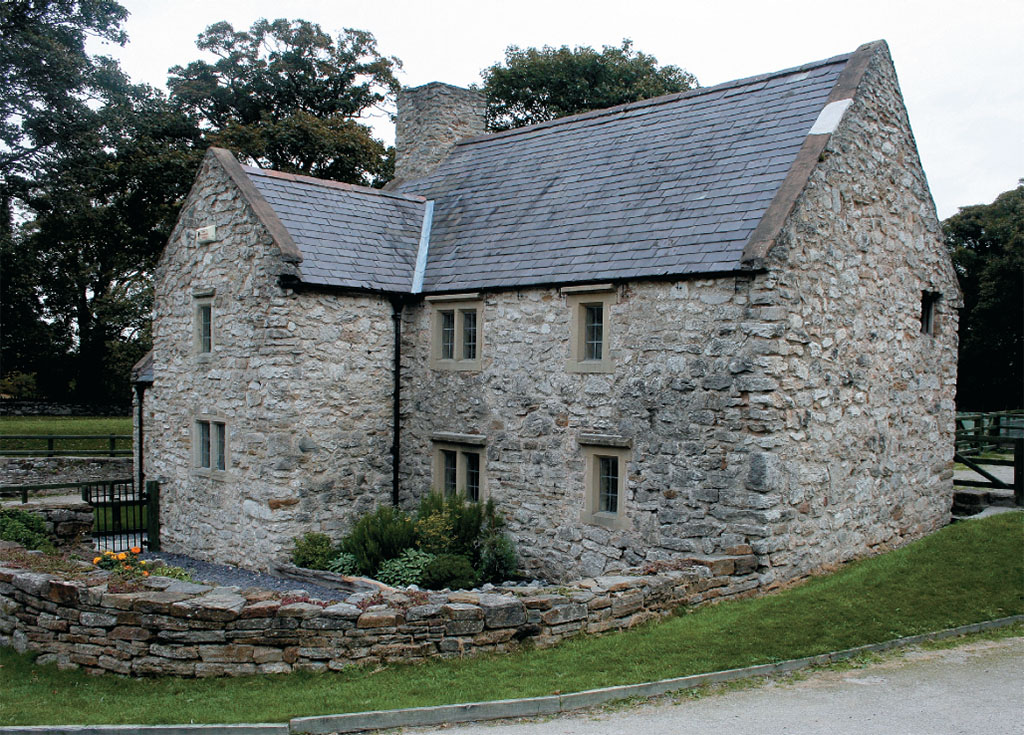
Dana Huntley
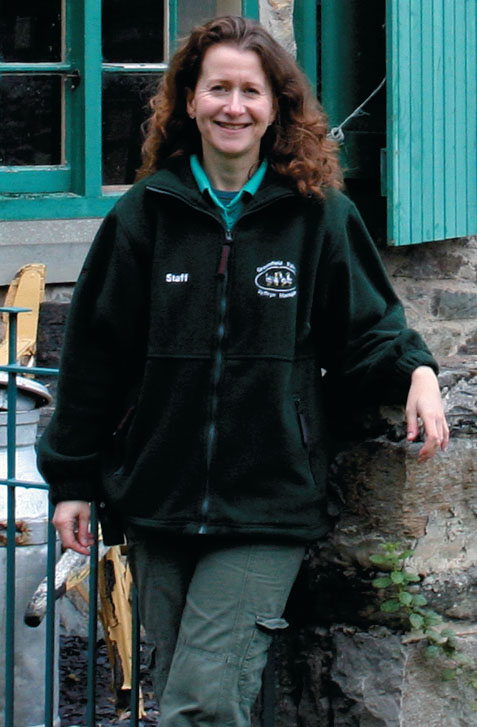
Warden of the Greenfield Valley Museum stands before the Victorian farmhouse across the green stands a 16th-century Tudor farmhouse. Credit: Dana Huntley
The visitors’ center displays the story of St. Winefride and the well’s remarkable history. A nominal admission to the well seems inconsequential indeed to those who bathe here and seek God’s intervention in their lives.
After St. Winefride’s Well, it seems almost ironic that Greenfield Valley below the well was once a hotbed of the Industrial Revolution, bursting with vigor in the late 1700s—thanks to the water from that sacred spring. Copper and brass works dominated the valley, and cotton mills flourished, powered by Holywell Stream and the large millpond pooled in the valley’s center. Some buildings remain, and the footprints of Greenfield’s industrial past are everywhere.
At the bottom of the valley, closest to the large, free carpark on the A458, the dramatic ruins of Basingwerk Abbey give a whole different impression of the valley. The Cistercian monks who inhabited these ruins for 400 years were the first to use the waterpower of Holywell Stream—to grind corn and to process wool.
It’s the old story; the foundation was shut down and the monks dispersed by Henry VIII’s dissolution in 1536. The grassy grounds today house the ruins, recognizable as the abbey church and living quarters of what was a vibrant community back as far as 1132, and an artistic center of Welsh renown.
GREENFIELD VALLEY
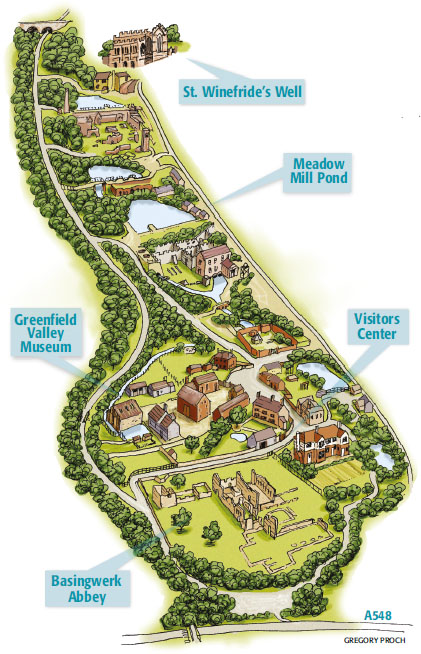
Dana Huntley
Getting to GREENFIELD VALLEY
GREENFIELD VALLEY lies about 15 miles west of Chester. Exit off the A55 at junction 32 (Flint) or 33 (Holywell). Chester is also easily accessible by train. Local buses regularly ply the A458 coast road between Chester and Rhyl. For further information, check out the Heritage Park website at www.greenfieldvalley.com.
Built around the site of the original Abbey Farm, the open air museum is a motley assemblage of North Wales agricultural and domestic life. Visitors would not be amiss thinking of it as the North’s miniature answer to the Museum of Welsh Life at St. Fagan’s. And that’s a high compliment.
The Greenfield Valley Museum has brought buildings from across North Wales representative of this narrow strip of Wales between the coast and the mountains and painstakingly reassembled them on site. A prosperous Victorian farmhouse sits kitty corner on the green across from a Tudor farmhouse of the 1500s. Next to the children’s play area is Spring Gardens Victorian Schoolhouse. The 1877 classrooms host hundreds of school children each year, spending a school day the Victorian way.
Displays include agricultural equipment across the centuries, including the quarters of unmarried farmhands, pig sties, and cottage gardens.
Judith Hodge, museum warden at Greenfield Valley, gave me a good look around. Hodge was optimistic and enthusiastic about the work of the museum: “We had a good year last year. So many people stayed home in Britain for their holidays. And we attracted many visitors from the caravan parks down the road.” Hodge confirmed as well that Greenfield Valley makes its mission to attract folks: “We have quite a lot of activities on Fridays, Saturdays, and Sundays throughout the summer to appeal to families, from drumming workshops to badge-making.”
No, it’s not likely that overseas visitors are going to put Greenfield Valley on their itinerary instead of Chester and Conwy Castle. If you happen to be passing between Snowdonia and the English North Country, though, it is well worth making the time to drop down on the A458 and visit Greenfield Valley. Perhaps nowhere else in Wales offers such a vivid concentration of history, presented so well and in such a lovely setting.
* Originally published in 2016
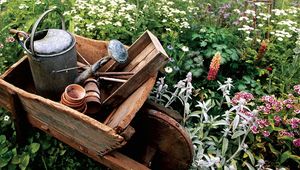
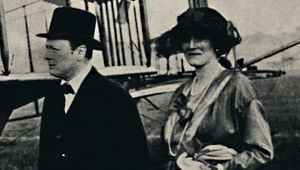

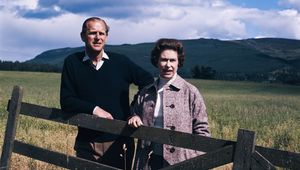

Comments